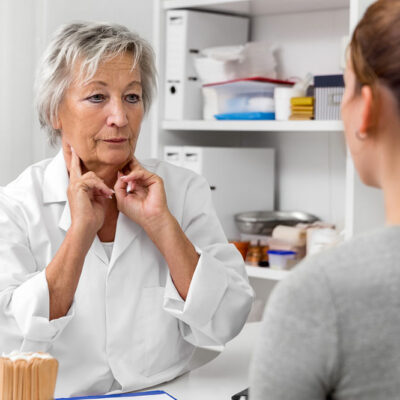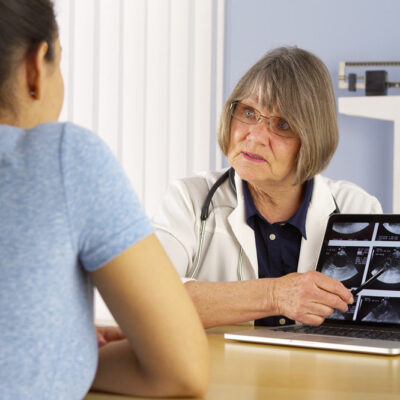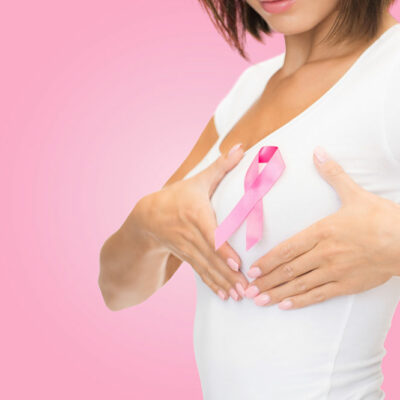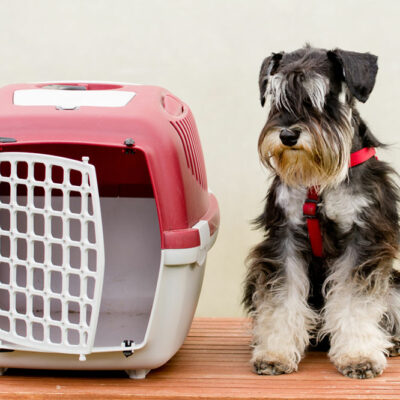
Health
The Most Common and Rare Types of Lymphoma
Cancer that develops in the lymph nodes, spleen, and thymus gland of the body is called Lymphoma. The condition takes away the body’s ability to fight infection and disease. Additionally, this tumor can grow in any part of the body considering lymph nodes are present across the body. There are various common and rare types of Lymphoma and are broadly divided into two categories called Hodgkin’s Lymphoma and Non-Hodgkin’s Lymphoma. Some of the common and rare types of Lymphoma are as follows: Non-Hodgkin Lymphoma – This is one group of Lymphoma that originates in the B cells and T cells of the body. The B cells are responsible for developing antibodies so that the body can fight infections. The T cells, on the other hand, not only make antibodies, but also aid in fighting viruses. This type of cancer mainly grows in the lymphatic tissues and lymph nodes, but can spread to the blood and bone marrow. There are also several common and rare types of Lymphoma present in this category. Common forms of non-Hodgkin Lymphoma- Diffuse Large B-cell Lymphoma – This type of cancer affects one among three people suffering from Lymphoma, and it is mostly found in aged people.
Read More 















